Solusi terbuka dan tertutup dalam pencetakan 3D
Tiga jenis solusi dapat ditemukan di pasar untuk sistem pencetakan 3D profesional:
- Solusi terintegrasi atau tertutup, di mana pabrikan menyediakan peralatan, bahan, dan perangkat lunak yang dimaksudkan untuk bekerja sama. Saat membeli solusi terintegrasi, perangkat lunak atau materi dari produsen lain tidak dapat digunakan.
- Buka solusi, di mana produsen menyediakan peralatan yang kompatibel dengan bahan dan perangkat lunak dari produsen lain.
- Solusi terintegrasi dengan kemungkinan menggunakan bahan eksternal. Ini adalah solusi perantara, biasanya dengan batasan tertentu terkait penggunaan materi atau perangkat lunak lain.
SOLUSI TERPADU ATAU TERTUTUP
Salah satu contoh paling representatif dari solusi tersebut adalah Formlabs. Produsen solusi terintegrasi biasanya menawarkan produk yang mencakup sistem pencetakan 3D serta peralatan, perangkat lunak, dan bahan pascapemrosesan.
Keuntungan utama dari jenis sistem ini adalah bahwa semua produk telah dikembangkan untuk bekerja sama, yang berarti tidak perlu menyempurnakan dan mengoptimalkan parameter pencetakan. Ini juga memastikan bahwa semua materi yang tersedia kompatibel.
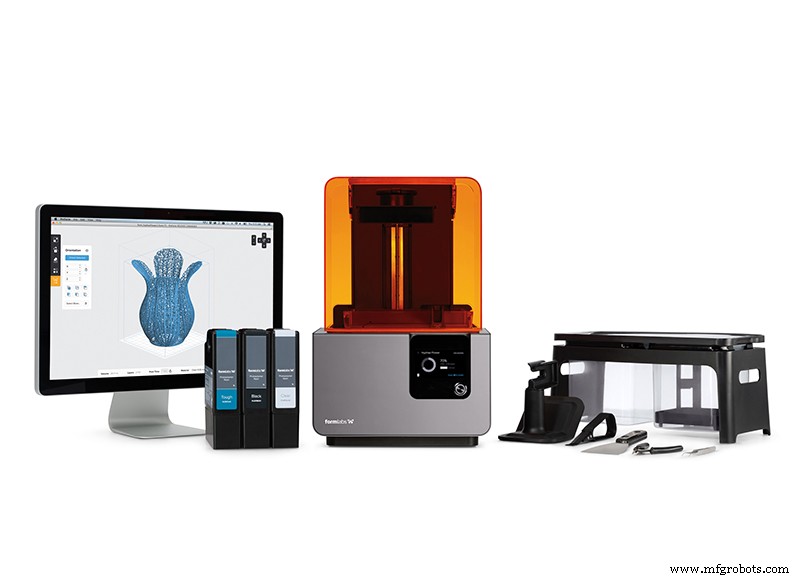
Gambar 1:Bentuk 2 dan aksesori. Sumber:Formlabs
Hasilnya, sistem ini sangat andal dan dapat direproduksi, yang menghasilkan peningkatan kinerja yang signifikan. Fitur penting lainnya adalah bahwa banyak parameter konfigurasi dan nilai yang dapat dimodifikasi umumnya dikurangi seminimal mungkin, hanya membutuhkan pemilihan jenis material pabrikan dan beberapa parameter dasar. Ini membuatnyalebih mudah digunakan dan tidak memerlukan banyak pengetahuan teknis dari pengguna.
Namun, itu tidak semua keuntungan. Jenis sistem ini memiliki dua batasan untuk dipertimbangkan. Di satu sisi, biaya bahan dan bahan habis pakai biasanya jauh lebih tinggi. Di sisi lain, pengguna dibatasi untuk hanya menggunakan produk pabrikan.
SOLUSI TERBUKA
Solusi terbuka tidak menyiratkan perangkat keras atau perangkat lunak sumber terbuka. Hal ini merujuk pada produsen yang menyediakan peralatan yang mendukung format media standar dan file cetak universal. This category includes all printers that support universal CNC programming languages such as .gcode and materials from any manufacturer, regardless of whether the equipment is open source or proprietary.
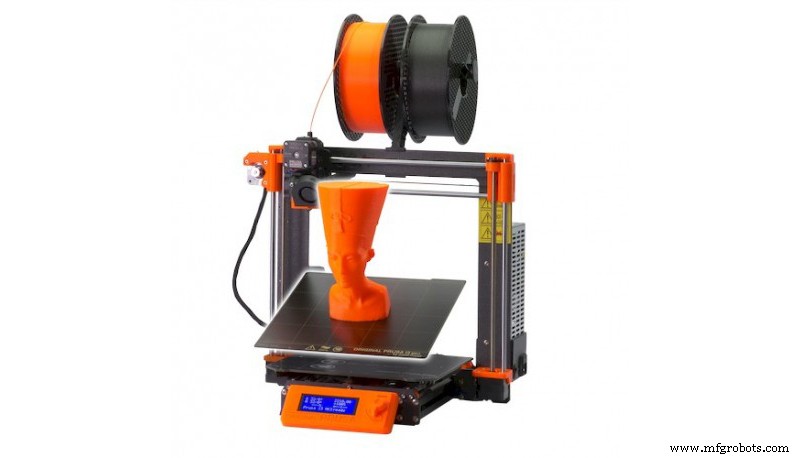
Image 2:Prusa MK3S 3D printer. Source:Prusa
This does not imply that the manufacturers themselves cannot also offer materials and software, which they usually do, but they do not restrict the use of their equipment to these.
The main advantage of this type of solutions is their high compatibility and the fact that they have the widest range of materials, limited only by the technical characteristics of the equipment itself. Moreover, in the case of using equipment from different manufacturers, it is possible to centralise everything in the same software without the need to use a specific one for each piece of equipment.
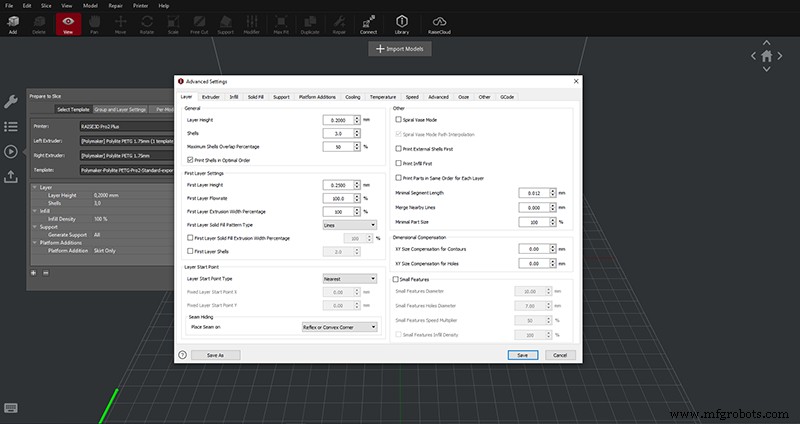
Image 3:Raise3D Ideamaker software configuration window. Source:Raise3D
The main disadvantage is that the printing profiles generally need to be fine-tuned and optimised for each material, which is time-consuming and expensive. In addition, a change of material supplier or even a reformulation of a material from the same supplier implies a new optimisation of profiles. This means that achieving the same reliability and reproducibility that integrated solutions provide requires continuous work and a thorough knowledge of materials and suppliers.
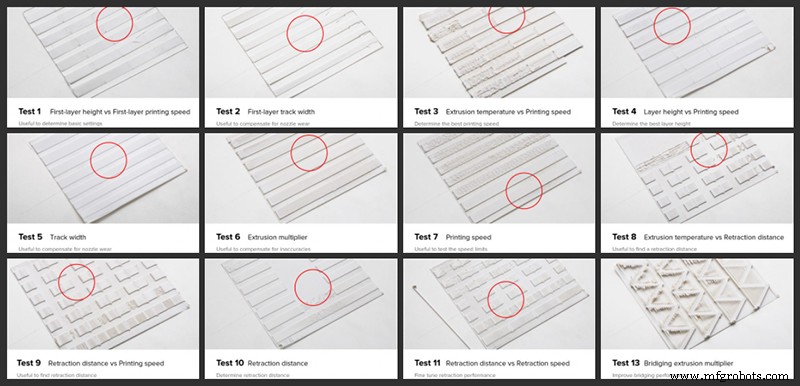
Image 4:Examples of optimisation. Source:3DOptimizer
Some companies offering such solutions are Prusa, Raise3D or UNIZ.
INTEGRATED SOLUTIONS WITH THE POSSIBILITY OF USING EXTERNAL MATERIALS
This is an intermediate option to the previous ones. They consist of integrated or closed solutions, with proprietary programming languages, but which also allow the use of third-party materials . Due to the use of proprietary languages it is necessary to stick to the software provided by the manufacturer.
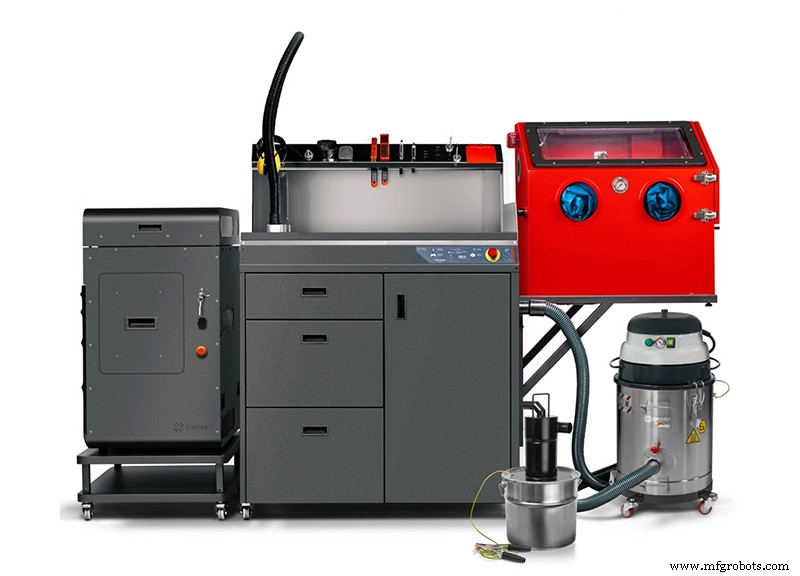
Image 5:SLS Lisa Pro 3D printer and accessories. Source:Sinterit
They have all the advantages of closed solutions but fewer drawbacks. Without having the wide compatibility of materials available in open solutions, they open up the possibility of using a wide range of materials from other manufacturers.
The trade-offs of this type of solution are minimal, with its main disadvantage being that the software generally has fewer configuration options, which can make it difficult to achieve good optimisation of other manufacturers' materials.
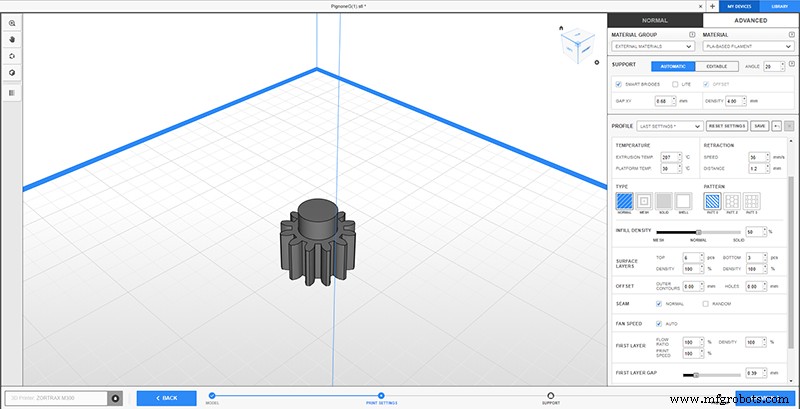
Image 6:Settings for external materials in the Zortrax Z-Suite software. Sumber:Zortrax
Representative examples of such solutions are Zortrax or Sinterit. Both offer a wide range of perfectly optimised materials, but also allow the use of materials from other manufacturers.
THE MOST APPROPRIATE SOLUTION
There are high quality solutions in all three groups and it would be wrong to consider one as better than the other. In order to select one or the other, the specific needs of each user must be analysed.
Users who are not specialised in additive manufacturing and are looking for a simple and efficient system will find integrated solutions and integrated solutions with a choice of external materials the best option. The implementation of this type of system is immediate and does not require in-depth technical knowledge . Although the costs of this type of solution may at first glance seem much higher than open solutions, in the long run the savings in optimisation time and material costs can compensate for this.
In the case of specialised users, with knowledge of additive manufacturing and materials, who require the use of very specific or experimental materials, they will find the above solutions to have significant limitations. This is why open solutions are a more versatile option despite the ongoing optimisation and fine-tuning tasks.









